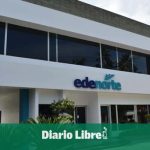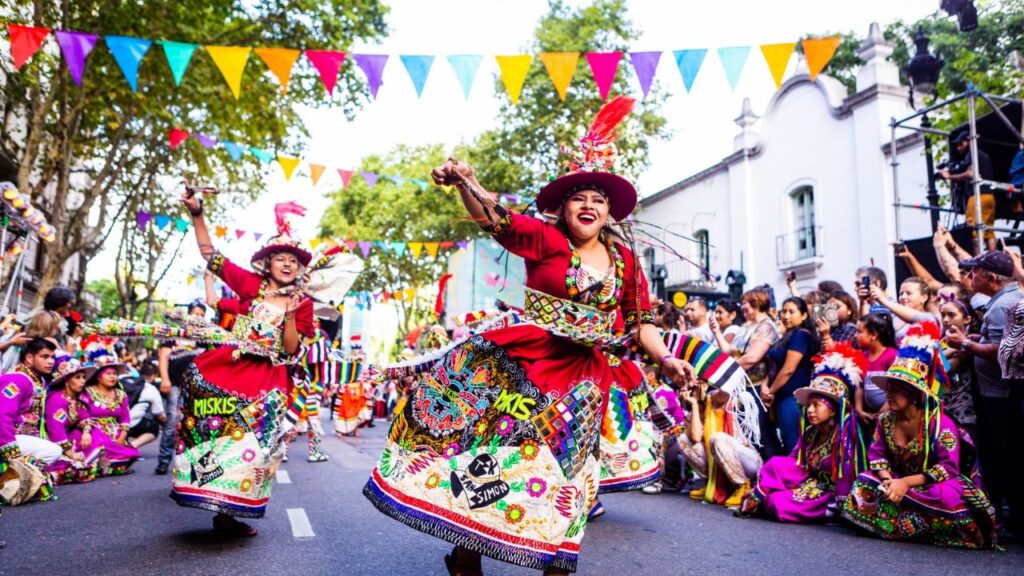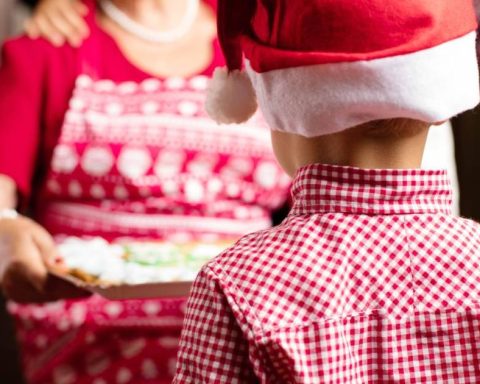Nature was recorded in 2019 in the Sala White of Matanzas. It is an album dreamed of and made with all the possible truth. This is how King Pantoja himself tells us:
«It was recorded in a few hours, in the room White, no public. We wanted to capture the spirit of live music. The discs recorded by tracks are cooling, in addition, the engineers begin to cover with pluginwith effects… we wanted to capture that music that we were making in concerts and be able to take it to an album as is».
In the networks, Rey has been offering us winks of this audiovisual of nine songs (the singles Renaissance, eye of the night Y For solo cello), but the epidemiological situation has so far delayed the concert presentation, which will finally take place this February 18 at the Sauto Theater in the Athens of Cuba.

Which guests accompany you on this album?
«I had four guests: Pepe Gavilondo on the piano, Yasel Muñoz, the jazz flutist, the Matanzas poet Israel Domínguez, to introduce one of the songs in Yoruba and Sandra Ivette Verrier, a young composer who already has her album as a singer-songwriter and as an instrumentalist.
«With Pepe Gavilondo I had been working sporadically for some concerts at Fábrica de Arte, even here in Matanzas. When I started dreaming about the sound of the album, in that abstraction that musicians always have, the piano sounded familiar to me and then, since Pepe is my friend, I immediately thought of him to come and record.
«Yasel Muñoz had done some concerts with me and it’s a very peculiar thing, because I don’t like the flute, but I do like how he plays it and the sound it has, it’s a very particular sound. His vision of his music is very original and since I first heard it I knew we had something in common, a very strong empathy. I don’t really like the flute, but there are two sounds that make me fall in love with the flute in Cuba: one is Niurka González, who is one of the best in Latin America in classical music, and in popular music, Yasel Muñoz.
«The day it was my turn to record with them, they arrived from Havana, they took the sheet music, and that went from top to bottom. Only great musicians do that: read, interpret what you wrote for them, and do it in a singular, personal way.
«Sandra Ivettte Verrier is a Cuban singer-songwriter who was excelling at the time the album was recorded and whose timbre is quite warm, a contralto voice. I imagined her doing the second one for me and that’s how we did it, live, just like that and everything flowed.
«The musicians of my band also participated: Yoniel Rosquete on bass, Oslianis Rivero on drums and me as the base format».
why did you choose the topic Nature to name the disk?
«I manage two concepts there. The naturalness with which one presents himself live, the sound of the album is very natural in the sense of spontaneity, of the freedom we had when recording it, without artifice, without coatings. For the most poetic part, I like to make an analogy of the nature that surrounds us and the nature of the human being that is to emerge, that is to be born and reborn, to constantly renew oneself, to grow. The first verses of the song Nature They say: “A bird that does not take flight, the mountain will bury it, as it buries the bones of the already defeated animal. Don’t let yourself die, don’t let yourself fall.”
What is the common thread that connects these nine songs?
«Rimbaud said that nature is an act of kindness. Every day we have a beautiful show, you just have to stop for five minutes to watch it. It is always there, marveling us and every day it is renewed, every day it reinvents itself.
«There are themes that deal with love and lack of love, because we reinvent ourselves through love, but we also reinvent ourselves through our professional or spiritual aspirations. There are topics like Without looking, we are in certain places, in certain landscapes and we do not stop to contemplate them. Maybe when we decide to see them they have already disappeared. That’s where the poetic concept goes.
There is a theme called for solo cello, dedicated to my daughter Luna, is a way of telling her, at a critical moment in my life, how much I loved her. When talking to your own child you are also reinventing yourself, you are being reborn. It is the only song that appears only with guitar and voice, as it is such a personal theme, so intimate».
Musically, what does this phonogram offer us?
«I make the arrangements in the group and I don’t like to make the genres so explicit, I like to blur them, disarm them to recreate them based on my vision. There are elements of funk. The same happens with the son, there is a song called The blame, which is a son but I try to deconstruct it, remove that story that the Cuban key has to be present, that a guiro, a maraca has to appear. No, simply with a format of drumsdrums, electric bass and three, let’s do son.
«There is also the ballad. One of the songs that I like the most on the album is eye of the nighta troubadour song that dialogues with the ballad, perhaps even pop.
“The topic Nature It is heavily influenced by jazz. Implicit in all my music is academic music, jazz and traditional music, which is the source from which almost all troubadours drink.
«There is a song, which is one of the ones I love the most, and it is precisely where I invite Yasel Muñoz and Israel Domínguez, Renaissance, dedicated to Matanzas. All that surrender movement that Matanzas experienced for the 325th anniversary, that you walked through the streets and saw the workers from very early until late at night, sometimes with lamps; many people committed to beautifying the city and waking it up, aroused in me the desire to make this song. The city was being reborn. That’s why it was one of the singles we prioritized.”
In this material there is also work with visuality, can you tell us?
«When I set out to make the album, I thought of the room White because of the acoustics and because it is hermetically soundproofed, but that space was so visually cluttered that it kept me awake at night. How to transform the room so that it was not the same that everyone presented? I thought of my friend the painter Adrián Socorro and we chose some wonderful paintings. There is a huge one that is the one that covers almost all the background scenery, in which Sonia, his wife, appears, waking up. That way it connected with the theme of the album: awakening, rebirth… the discourse of the paintings has a lot to do with music».
















